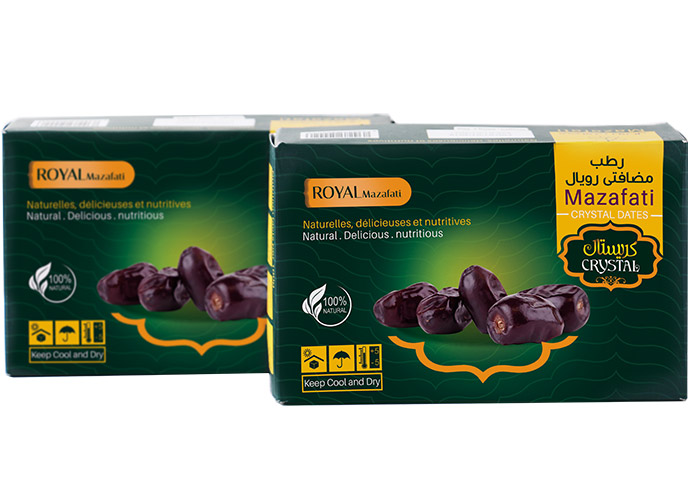Kurma Ajwa, frequently revered as the "date of the Prophet," stands apart from other day ranges due to its distinctive taste and texture. While its one-of-a-kind attributes are partly associated to its genetic make-up, the farming process additionally plays an important function fit its last kind.
Soil and Climate: The Structure of Taste
The growing of Kurma Ajwa is mostly focused in the Al-Madinah area of Saudi Arabia, a region honored with details climatic and soil problems optimal for this day selection. The arid environment, identified by heats and low humidity, develops an atmosphere that promotes the advancement of sugars and various other substances in charge of Ajwa's rich flavor. this website in the region is usually sandy and well-drained, enabling ideal origin advancement and nutrient uptake. These ecological variables add dramatically to the day's distinct taste profile.
Pollination: A Fragile Equilibrium
Pollination is a crucial phase in the growing of any day range, and Ajwa is no exemption. Traditional techniques, such as hand pollination, are usually used to guarantee optimal fruit collection and high quality. The mindful option of plant pollen from suitable day palm varieties is crucial for protecting the wanted attributes of Ajwa dates.

Cultivation Practices: Supporting Excellence
Several cultivation methods add to the distinctive qualities of Kurma Ajwa:
Trimming: Routine trimming is necessary for keeping the health and wellness and efficiency of the day hand trees. It involves removing dead or unproductive branches to carry sources towards fruit advancement.
Irrigation: While the region is arid, proper irrigation is critical throughout specific development stages. Overwatering or underwatering can negatively affect fruit high quality.
Fertilization: Nutrient administration is crucial for optimum fruit growth. Using the best balance of fertilizers makes sure that the day hands receive the needed nutrients without endangering dirt wellness.
Insect and Illness Administration: Shielding the day hands from pests and illness is essential for maintaining fruit high quality. Integrated parasite administration methods are often used to decrease the use of harmful chemicals.
Harvesting and Post-Harvest Handling
The timing of the harvest is important for optimizing the flavor and texture of Ajwa dates. The days are generally harvested when they reach their full size and establish a deep, abundant color. Cautious handling throughout harvesting and transportation is important to avoid damage and protect the fruit's top quality.
Drying out and Processing
Unlike a few other date selections, Ajwa dates are often eaten fresh. Nonetheless, kurma ajwa price in malaysia may opt to dry out the days to expand their service life. The drying procedure includes cautious control of temperature and humidity to protect the day's taste and appearance.
The Duty of Genetics
While growing practices dramatically affect the top quality of Kurma Ajwa, it's important to acknowledge the role of genetics. The one-of-a-kind genetic make-up of this date range is the structure for its distinct attributes. Nevertheless, optimal farming conditions are required to completely share these genetic attributes.
Verdict
The cultivation procedure of Kurma Ajwa is an intricate interplay of environmental elements, agricultural practices, and genetic make-up. The combination of the arid environment, traditional growing methods, and mindful post-harvest handling add to the development of the date's distinct taste and structure. By understanding the aspects that affect the farming of this prized fruit, consumers can appreciate the workmanship and dedication entailed in creating premium Kurma Ajwa.
Inevitably, the cultivation procedure is a testament to the harmonious partnership between human beings and nature, leading to a product that has been treasured for centuries.
